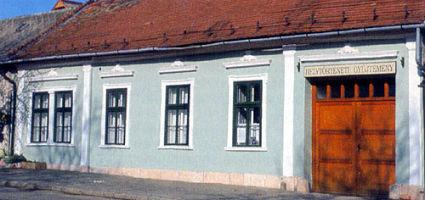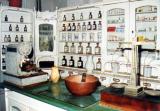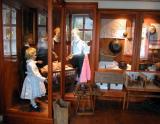2025. July 2. Wednesday
Dr. István Jablonkay Region Historical Museum - Solymár
 |
Address: 2083, Solymár Templom tér 2.
Phone number: (70) 637-7499
E-mail: muzeum@apaczai.com
Opening hours: Wed 14-18, Thu12-16, Sat 9-14
|
The Local History Collection was set up in 1972. It is a collection of the history, archeology and ethnography of our village. The Collection got its name from its first leader who organized, arranged the exhibitions, and enriched the material with devoted care.



